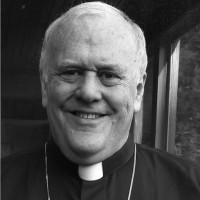Source: AAC International Update
The following first appeared in the January 29, 2013 edition of the AACs International Update. Sign up for this free email here.
By the Rt. Rev. Bill Atwood
Bishop of The International Diocese, ACNA
–
Suffragan Bishop
All Saints Cathedral Diocese, Nairobi
Anglican Church of Kenya
Just around the corner from the British Museum in London is a row house with a large brass plaque noting that it was the home of the Flat Earth Society. It served as their centre until the death of The Honorable Samuel Shenton in 1971. After that, as is the case for all things wacky, the headquarters of the society moved to California (where else?). Flat earthers steadfastly maintain that the earth is essentially flat. Most envision it as a disk with an ice wall at the edge, formed by Antarctica. They may not have had many members, but some of them had to be very well heeled. Real estate near Little Russell Street in London where their office stood is not cheap.
What killed the flat earth society for most people was math. For two thousand years or more, mathematically minded people have been able to discern their latitude (distance from the equator) by measuring the height of the star Polaris above the horizon. At the North Pole, when you look straight up, you see Polaris – the North Star. I’ve been close to the spot and it’s weird to see the constellations askew. It is also really, really dark in the winter time so there are an amazing number of stars visible. Even before people were able to travel to, or near, the pole, mathematical models described the world. Eventually, the only mathematical model that made sense was a round globe instead of a flat disc. Careful calculations imply that, even if one is only able to travel around Europe.
The measurements were made easier by better and better equipment, but the precision construction of things like Stonehenge and the Pyramids shows that people were navigating with amazing accuracy by stars for millennia.
When I first started flying, we used to take a navigator on the plane. They would stick the sextant out a hole in the top of the cockpit to “shoot” stars at night, or “sun lines” during the day. A good navigator is able to be very precise, though the actual course that we flew looked more like a series of zig-zaging lines of constant updates and corrections rather than anything resembling a straight line. Accuracy is important. Even being off course only three degrees leaving New York can cause you to hit Africa instead of Europe!
The navigator’s calculations were augmented by a radio receiver called LORAN (Long Range Aid to Navigation). The radio wave phase relationships among several LORAN ground stations described arcs on a map. Where the arcs intersected described the location.
The next generation of navigation employed inertial navigation systems that used a series of high-speed gyroscopes that sensed movement in any direction and passed that information through a rudimentary computer. As long as you told the computer where you were to start, it did a reasonable job of keeping track of where you were supposed to be after that. Lots of errors were introduced though. To help this problem, the Air Force installed two INS computers (Inertial Navigation System). Great in theory, but flawed. When the two units disagreed, you could never be sure which one was right. Some outside standard was needed. It is reminiscent of the old Chinese proverb: “The man with a new watch, no matter how inexpensive, is always eager to tell you the time. The man with two watches, no matter how expensive, is never sure.”
Eventually, INS was replaced by the Global Positioning System which uses math to discern position in relation to a series of satellites around the earth. GPS is now even built in to cell phones and cars, and people can find their exact location down to inches – as long as the satellites on which the system is based keep working. For the military, there are some cool new black boxes that determine position and are not as vulnerable to interference or disruption, but they are not public. My guess is that there is probably a small navigator inside the black box.
I don’t have time today to go into the whole story, but one time on a flight from Tokyo to Anchorage, Alaska all our long range navigation equipment failed. My navigator was Major John Lord. Without question, John was the best navigator in modern history. He navigated us using “dead reckoning” (which is figuring “if we go this fast for this long in this direction, we are about ‘here.'”) augmented by, “there is usually a cloud formation that looks like that over Shemya Island” to get us close enough to Alaska to dial in the short range radio nav aids and make it to Anchorage safely. (For the record, when we tuned in the radio aid, we were exactly on course after an eight hour flight. An absolutely amazing feat.) Without any artificial tools, he was able to chart the way for us.
The point of all this is that navigation, like life, requires a balance to travel a fine line, veering neither to the left or to the right, following the “narrow way” that Jesus describes.
Nations have the same struggle. As they meet the challenge of how to move forward, there are competing agendas that are vying to be preeminent. This is particularly obvious in North Africa following the Arab Spring, but is also true for the United States where the consequences of decades of rootless decision making are beginning to take a toll. Superficial society has expected the fruit of righteous life without the foundation which produces it.
Further complicating the situation is the fact that many people are seeking to impose Sharia Law as old regimes have toppled. Sharia Law is the term that is used to describe a social system that rises out of the Qur’an and includes economics, religion, law, punishment, and social relations.
Qur’anic law is basically made up from three sources. First is the Qur’an itself. Second are the observations and writings called Sunnah – which means “practice”, and the third are commentaries called Hadith which includes material produced after Mohammed. These documents describe rules, laws, and limits. They function much like a fence. The fence line provides a demarcation of what is “acceptable and righteous,” and what is “unrighteous.”
In a Christian worldview, Scripture and a relationship with God the Father through Jesus Christ, in the power of the Holy Spirit, provides guidance much like the way a magnetic compass works. The compass, a small magnet itself, aligns with the earth’s magnetic force lines, because the earth itself is a giant magnet. In the same way, when we are born of the Spirit, a new nature in Christ is planted in us that tries to align with the principles of the Kingdom of God. It may well take time for us to line up with the Lord and His plan, but there is something inside the believer that seeks to line up.
“Islam” means “submission.” The principle is that people should submit to what the Qur’an, Sunnah, and Hadith teach. From my perspective, it appears to be an external framework which is pressed on to life. In contrast, Christian teaching properly rises from within. Christian and Muslim behaviors may appear to be similar (or even appear identical), but the mechanism that produces them is very different.
What is so troubling about the rise of radical Islam these days is the high tolerance Muslims who describe themselves as moderate have for observing violence without critical comment. I can scarcely remember any comments from Muslim leaders condemning terrorist acts or acts of violence in Egypt, Syria, or a dozen other places.
Righteous action requires a balance of standing up for what is right, even when it is costly; without falling into rebellion against God, or mindless acceptance of principles that someone else is presenting.
Emerging technology has allowed us to determine our position on the surface of the globe with amazing accuracy. The principles, however, which drive the technology are the same ones that were used manually for many years. The technology allows for precision and constant updates. Historic equipment was very effective, though slower. The equipment, however, cannot make up for the situation when it is misused or ignored. Properly and fruitfully navigating through life involves embracing sensitivity to walk the narrow path, without veering off into either rebellion into independent, self-serving destructive behavior, or into the embrace of seduction of a different way. Instead of that, Paul wrote in 1 Corinthians 12:31, “I will show you a more excellent way.” That more excellent way involves loving God, loving His ways, and loving the people He seeks to redeem. It is a narrow path to walk, but He does not make us walk it alone.


